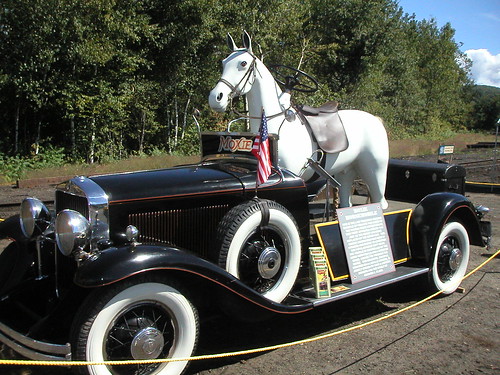Horses teeth are unlike human teeth. They keep growing throughout their entire life. Their diet and feeding patterns that we tend to put on our horses affects their chewing patterns and ultimately how they wear out their teeth. Because they are not constantly grazing there is not much wear and ear on the teeth, hence the teeth become sharp. Also With a bit now being placed into the horses' mouth it also causes more wear and tear in places that the horse in the wild wouldn't normally have. Other issues may cause discomfort or serious pain to the horse, such as a tooth coming in where the bit should rest, or a "hook" -- a jagged tooth edge that may cut or irritate the soft cheek tissue or tongue.An equine Dentist can correct these problems and make it easier and more manageable for your horse to eat.
How it this Neglect?
Grass, their natural food, contains silica which is an abrasive and which constantly wears down the horse's teeth. The fibers of heavier grasses require a bit of grinding on the part of the horse. Additionally the horse reaches down to bite off grass and then raises his head to chew which changes his jaw position constantly. A horse living on natural grass will be more likely to naturally polish off the surfaces of his molars into a level. Thus the horse's dental apparatus is pretty well adapted to his natural diet.
I a Horses teeth are ill fit, basically they cannot eat. Without the proper care of the dentist the horse will unable to properly chew his food. Without the proper nutrients being absorbed into its body the horse become malnourished and weak over time. You may think nothing is wrong because our are feeding your horse and You think it is able to eat all of its food.
Signs and Symptoms
Horses who become harder to keep for no apparent reason, who salivate excessively when eating, who eat slowly and with effort, who continuously drop bits of half chewed food and who show unusually coarse manure are prime candidates for a dental inspection. Other behavioral characteristics suggesting tooth problems may include unusual fussing with the bit, avoidance of bit contact, irritation when put into a dropped nose band, head tucking or head tossing, poor self carriage and not wanting to have his face and muzzle handled.
Preventions is key!
Most equine dentistry involves prevention. If your horse's teeth are regularly cared for, the maintenance process will not be overwhelming and you should be able to avoid most dental or health complications. Depending on your horse's diet, hardness of teeth and jaw alignment, he may need floating on an annual basis or perhaps he could last years between floating. By keeping an eye on your horse's teeth, you can determine how quickly your horse's dental surfaces are changing and get them cared for before complications arise.






